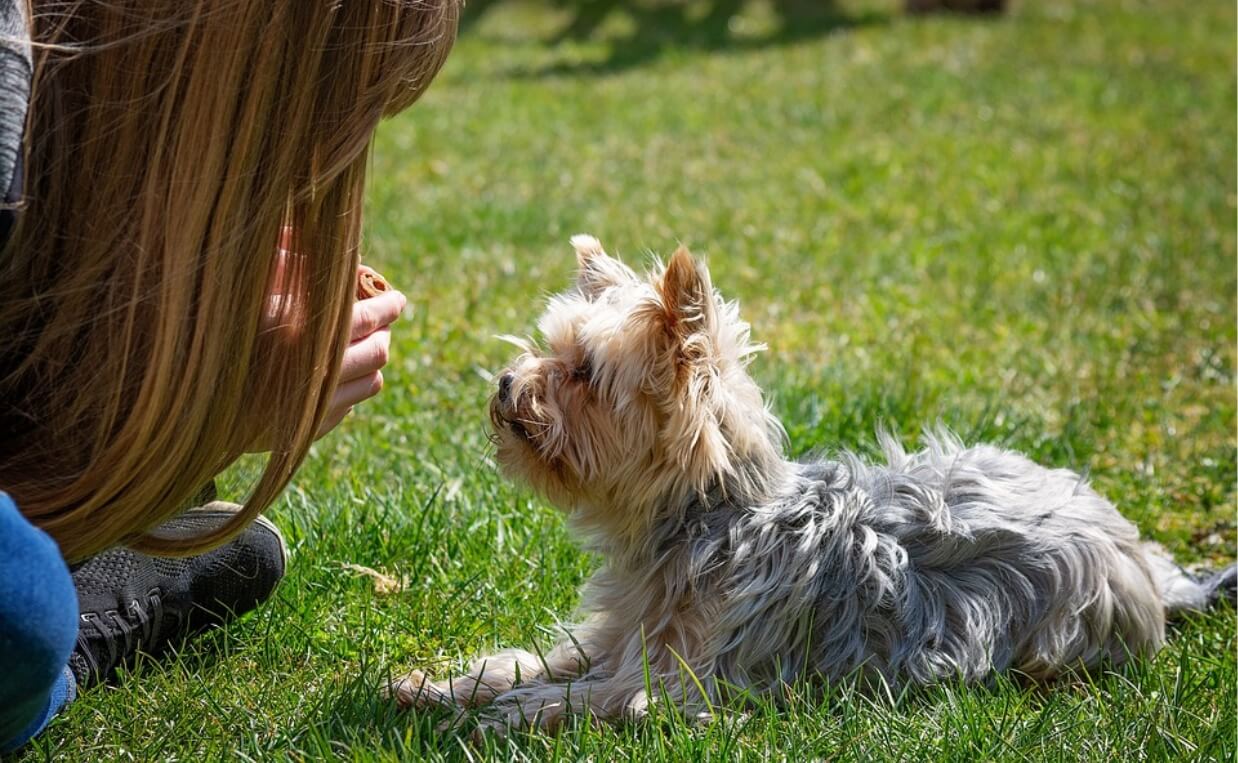
Most dogs are willing to do anything you ask for a treat. This makes training a dog easy because you know the treat is a reward to them. But how do you train a dog who just isn’t food motivated?
Dog training can feel impossible when there isn’t much motivation on the dog’s part. You need something to grab their attention and encourage them to listen to you. If treats aren’t working for your dog, it’s time to switch tactics. The good news is, there are other tools you can use to train your dog.
Before exploring other training incentives, it’s important to understand why a dog might not be interested in food in the first place.
Sometimes, there may be a health issue at play. Or perhaps your dog just doesn’t prefer the type or brand of treats you’re offering. And, sometimes, behind a dog who is “not food motivated” is a dog owner who isn’t enthusiastic about using food for training. Uncovering the underlying issue is the most important first step.
While it isn’t very common, some dogs prefer high-energy games, toys or social praise over food, but these dogs are generally a minority.
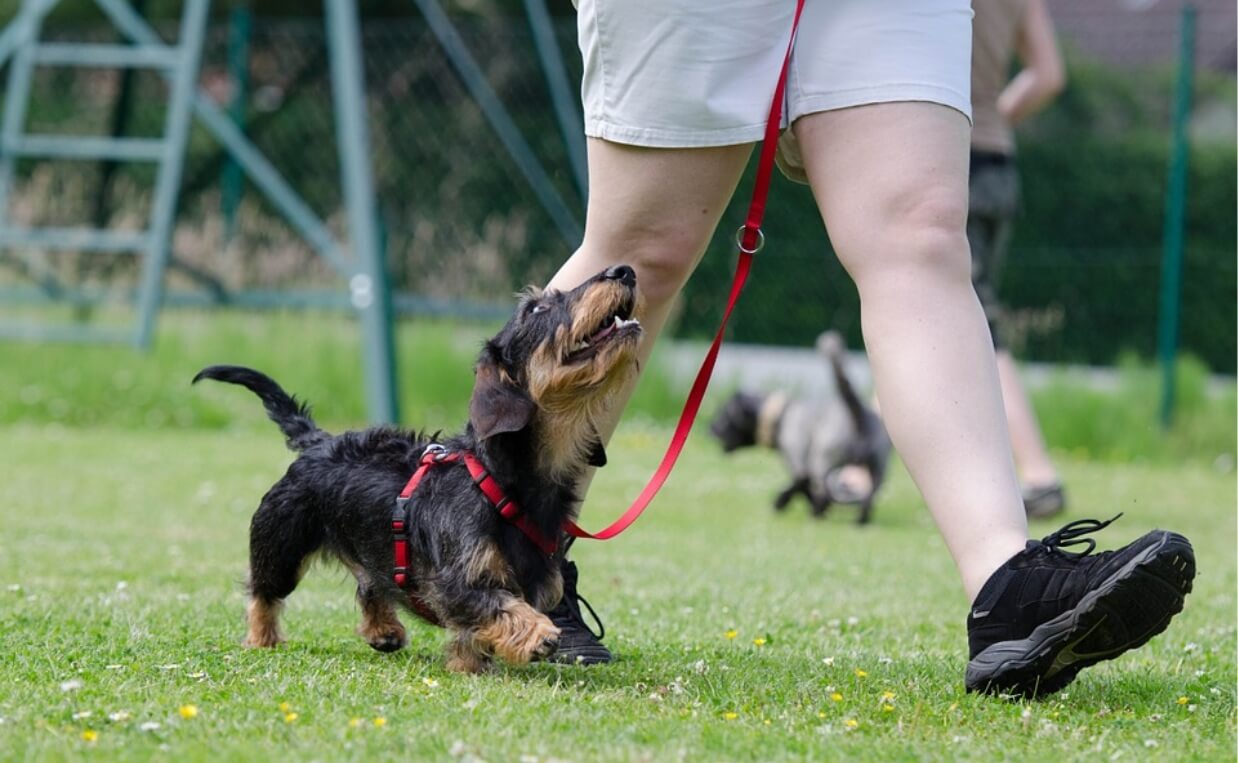
The Importance of Ruling Out Health Problems
Sometimes, dogs develop what is known as “conditioned taste aversion”, which means they don’t want anything to do with the food being offered, despite previously gulping it down like they might never get another meal.
If this happens, it’s time for a visit with your veterinarian.
Sometimes conditioned taste aversion can be attributed to aging. As dogs age, they may lose a bit of their sense of smell and start to get picky about their food.
Another reason dogs might develop conditioned taste aversion is due to inflammatory bowel disease (IBD). IBD is a chronic disease of the intestinal tract. Most dogs with IBD suffer from vomiting, diarrhea and poor appetite. The cause of IBD is not fully understood, but possible causes include a parasitic or bacterial infection or a reaction to a specific protein in their diet. Most dogs will respond to veterinary treatment for IBD.
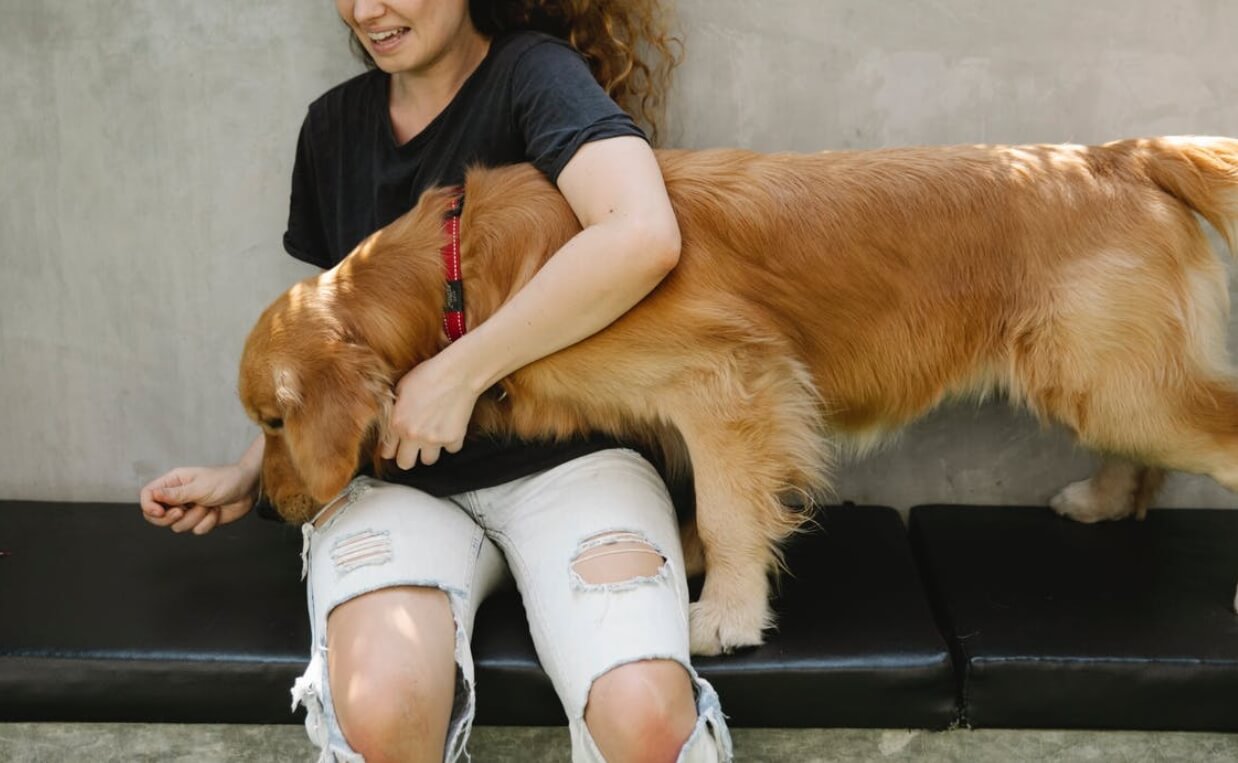
Another reason a dog may develop a conditioned taste aversion could be due to a case of pancreatitis. Pancreatitis is caused by an inflamed pancreas, which may be acute or chronic. Often, owners see a conditioned taste aversion when their dog has a mild case of pancreatitis. If the condition is mild enough, the dog won’t experience a total loss of appetite, but it may be significant enough to cause nausea and a moderate loss of appetite.
If your dog is sick or injured, they may not have an appetite or may experience pain when they try to eat. Medication conditions such as infections, cardiovascular or gastrointestinal diseases often cause a lack of appetite. If your dog has dental problems, it may be painful for them to eat their food, causing them to refuse food.
There are many conditions that cause dogs to lose their appetite, so dog owners and trainers should always rule out medical conditions, especially when a dog starts to refuse food out of the blue. Make sure you have your dog checked out and remember – you can’t always know what is wrong with your dog as they can be very stoic and hide their symptoms well.
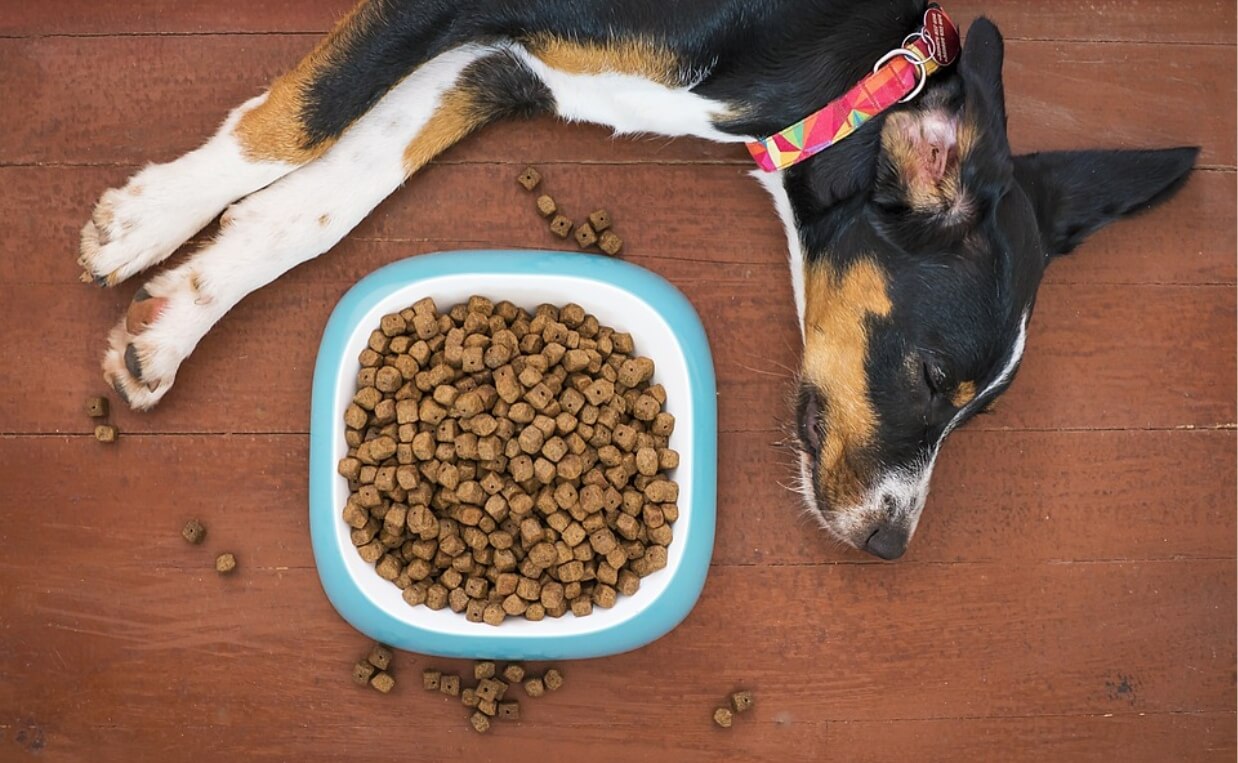
The Impact of Free-Feeding Dogs
Sometimes, dogs who are free-fed may become picky and stop being food motivated. Free-feeding means you give dogs access to their food at all times, as opposed to feeding them at certain times of the day. Sometimes dogs who are free-fed just aren’t very interested in food because they have access to it all the time.
Often, dogs who are free-fed will respond to high-value treats because they find them tastier than their regular food. The other remedy, of course, is to start feeding your dog at scheduled times. The right meal schedule for your dog depends on several factors, such as age, breed, size, activity level and other health factors. Your veterinarian can help you determine how often and how much to feed your dog at each meal.
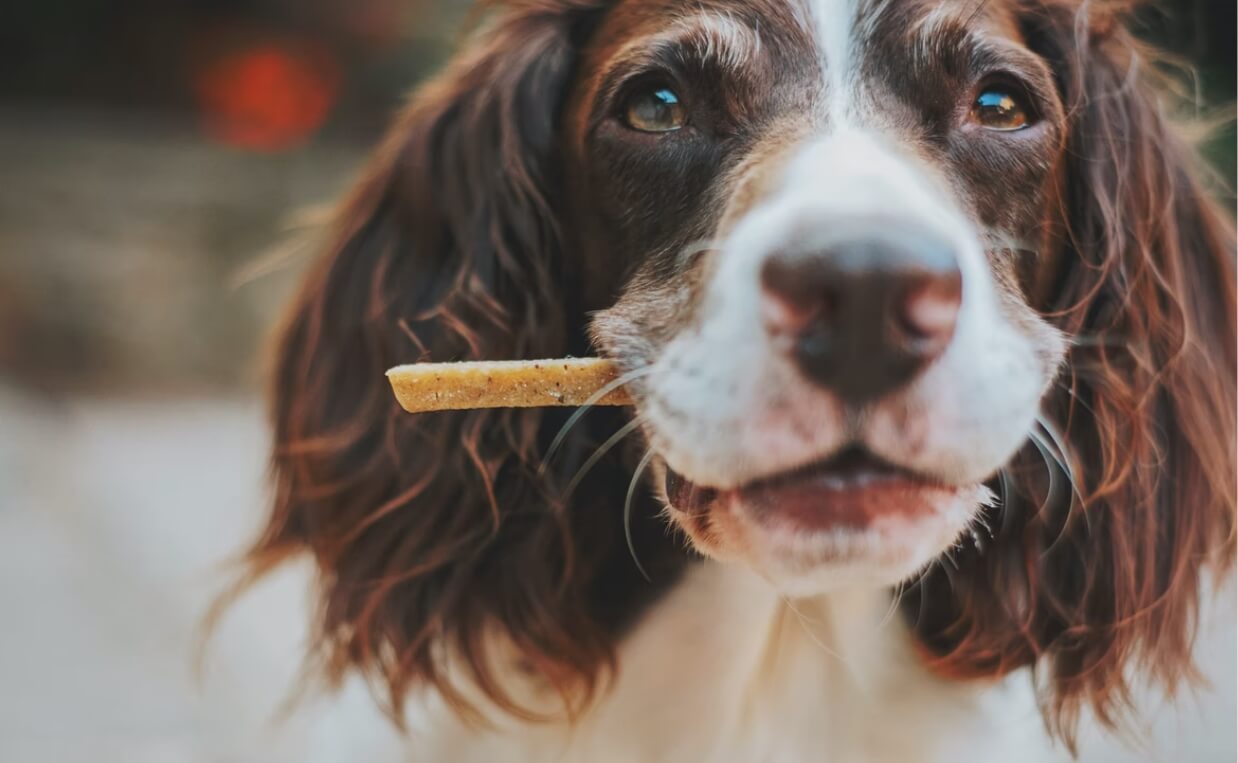
The Problem of Misusing Treats
Sometimes dog owners may inadvertently lower their dog’s food drive. This often happens when treats are misused. For example, a dog owner may use a treat to lure their dog to go into their crate, even if the dog dislikes being left in their crate. Or maybe they use it to bait their dog and then force them to take a bath. If treats are used to trap the dog, the dog will associate treats with something scary or unpleasant and will avoid them.
In order to avoid misusing treats, find ways to make activities your dog dislikes (like being crated or being given a bath) more pleasurable. Dog trainers often use techniques like desensitization and counter conditioning to achieve this. Try to keep treats pleasant and enjoyable for the dog.
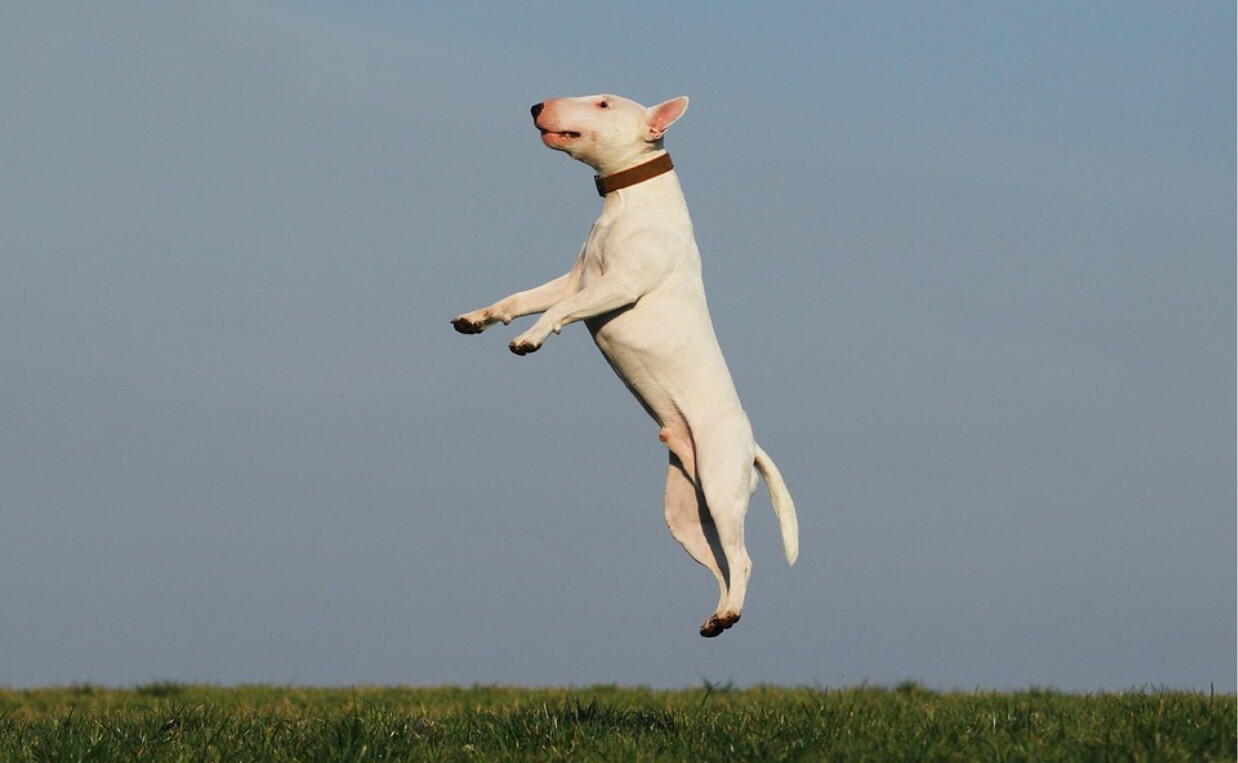
Dogs Being Too Distracted, Anxious or Overexcited
If your dog is not food motivated during training class or on walks, chances are he or she is too excited or anxious to eat. Dog trainers refer to this as being “over the threshold”. When this happens, your dog’s emotions are too strong, they don’t want to eat and they are not able to access their higher level thinking (like learning).
This is normal in humans and animals. When your dog’s body is in fight or flight mode, the blood flows away from the digestive system to the dog’s limbs and sensory organs so the dog is ready to spring into action.
Dogs who are overly excited should be kept at a distance from their triggers. They feel unsafe and need to learn how to calm themselves down. There are various behavior modification methods that can be used to help dogs lower their anxiety and sensitivity to triggers in the environment.

Owners Not Wanting to Use Food
Sometimes, people are uncomfortable using food as a training reward. There are several reasons this might be occurring.
- Some owners are concerned about the extra calories in treats or don’t want to spend money on treats. This can be addressed by using low-calorie treats or mixing the dog’s kibble with low-sodium hot dog pieces for added aroma and flavor.
- There are some people who believe a dog should “obey” every command their owner gives them. This comes from the antiquated belief dogs are born to please their masters. It’s important for dog owners to understand dogs need an incentive to be motivated to learn and perform.
- Sometimes people claim their dog isn’t food motivated when the issue is the dog doesn’t like the treats. Try a variety of treats to find ones your dog prefers so they are ready and willing to participate in training sessions.
Your Dog Might Be Thirsty
Sometimes dogs who take food but suddenly stop taking it are simply thirsty. Make sure your dog has access to water, especially during training sessions. You may find your dog needs to drink some water and then will be ready to participate in the training session again.
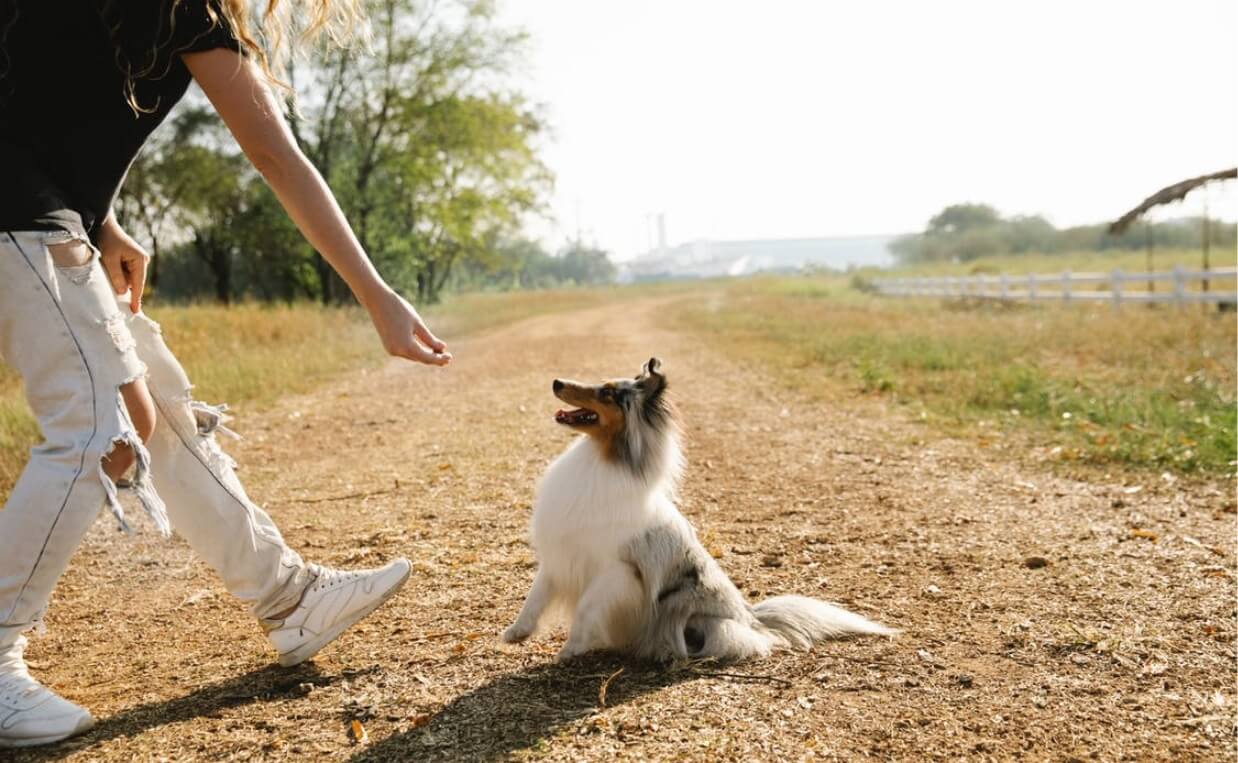
Your Dog Might be Tired or Confused
Sometimes a dog can become confused during training because they don’t understand what is being asked of them. Or they may be tired. When they become too confused or tired they may refuse food and start exhibiting displacement behaviors such as scratching, yawning or sneezing. These dogs may need smaller steps in training, a break or a shorter training session.
Your Dog May Be Afraid of Punishment
Some submissive dogs or dogs who have been punished for eating food may turn their head the other way when offered treats. These dogs need to learn it is safe for them to accept food.
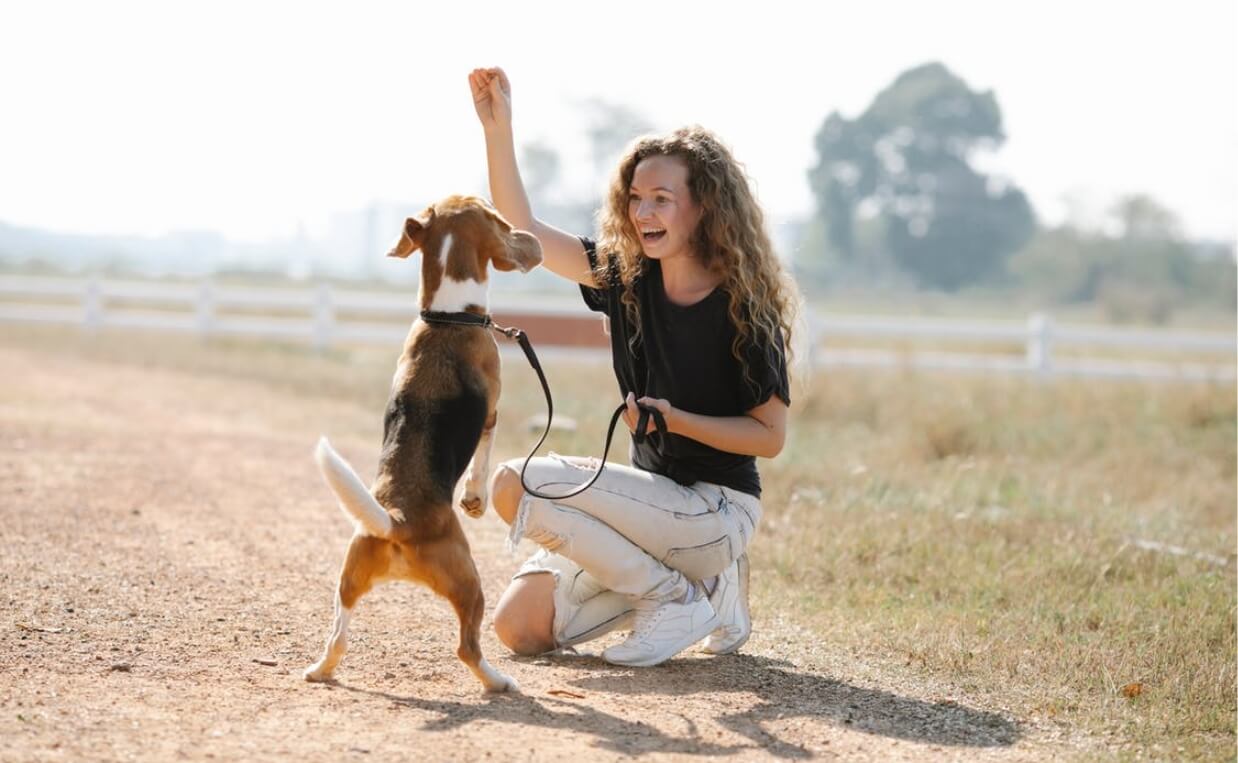
Final Thoughts
If your dog is not food motivated, try to determine the underlying cause. While you are working on finding the cause, use things your dog loves to reinforce desired behaviors, such as a favorite toy, ball, petting or praise. You may need to test to see if the things you are offering are truly valuable. Generally, if you see your dog getting better at performing the desired behavior, chances are you are doing something right. However, if the desired behavior is weakening you may not be using something valuable enough or there may be too many valuable competing reinforcers around your dog.
Do you have a dog not motivated by food? What other reinforcers work for him or her? Please share with the rest of the Canine Campus community in the comments below…

 SIT-STAY-DOWN …Good Dog! Dog Obedience Training
SIT-STAY-DOWN …Good Dog! Dog Obedience Training 20 Uncomplicated Do’s and Don’ts for House Training Your New Puppy or Dog
20 Uncomplicated Do’s and Don’ts for House Training Your New Puppy or Dog What You Should Know About Our New Dog Obedience Training Program
What You Should Know About Our New Dog Obedience Training Program 5 Things You Can Easily Forget When Training Your Dog
5 Things You Can Easily Forget When Training Your Dog 18 Puppy Training Tips to Help You Stay Sane
18 Puppy Training Tips to Help You Stay Sane






Thanks for not answering the question! Another click-bait article
Emily,
There isn’t one reason your dog may not be as food-motivated as most dogs so you will have to figure out what is going on. The answer is summed up in the last paragraph: “If your dog is not food motivated, try to determine the underlying cause. While you are working on finding the cause, use things your dog loves to reinforce desired behaviors, such as a favorite toy, ball, petting or praise.” Possible causes and solutions are discussed throughout the article. I hope this helps.
I agree—I wouldn’t have read the article if it hadn’t the headline: ‘how to train dogs who aren’t food motivated.’
I know WHY already.
Yeah… How to train a dog that’s not food motivated: trick question, the dog IS actually food motivated.
No offense, some good information and valid points were made, but its not very helpful for a dog that often just seems more interested in the environment than in food. And ive tried a lot of things, less distracting environments, tossing treats, i regularly cook chicken, eggs, chicken hearts, beef to use as treats, we’re also counterconditioning to dogs ans other people because she is on the more nervous side of things… Maybe im poisoning food somehow but im not sure how to countercondition certain things without food. I would have loved a detailed information how i can incorporate the premack principle into everyday situations, for examole, as that might actually help!
I’ve tried everything here. Food, toys, praises, petting and etc and my dog is still unmotivated. Do you have any suggestions
Have you tried taking your dog to a dog training class? Sometimes dogs will follow what other dogs do.